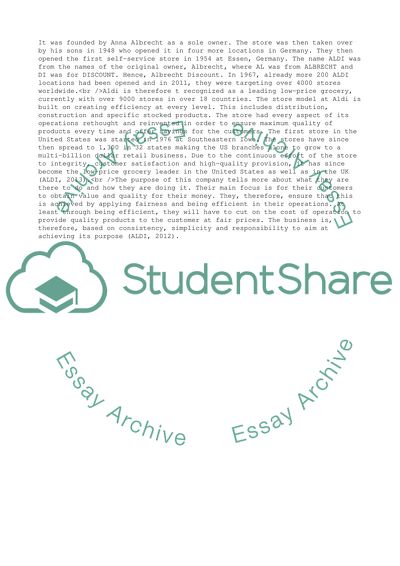Cite this document
(Comparing Organizations Coursework Example | Topics and Well Written Essays - 1500 words - 3, n.d.)
Comparing Organizations Coursework Example | Topics and Well Written Essays - 1500 words - 3. https://studentshare.org/business/1846741-investigating-business
Comparing Organizations Coursework Example | Topics and Well Written Essays - 1500 words - 3. https://studentshare.org/business/1846741-investigating-business
(Comparing Organizations Coursework Example | Topics and Well Written Essays - 1500 Words - 3)
Comparing Organizations Coursework Example | Topics and Well Written Essays - 1500 Words - 3. https://studentshare.org/business/1846741-investigating-business.
Comparing Organizations Coursework Example | Topics and Well Written Essays - 1500 Words - 3. https://studentshare.org/business/1846741-investigating-business.
“Comparing Organizations Coursework Example | Topics and Well Written Essays - 1500 Words - 3”. https://studentshare.org/business/1846741-investigating-business.


